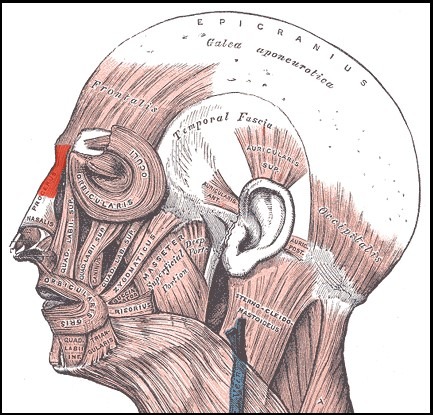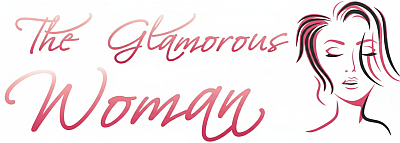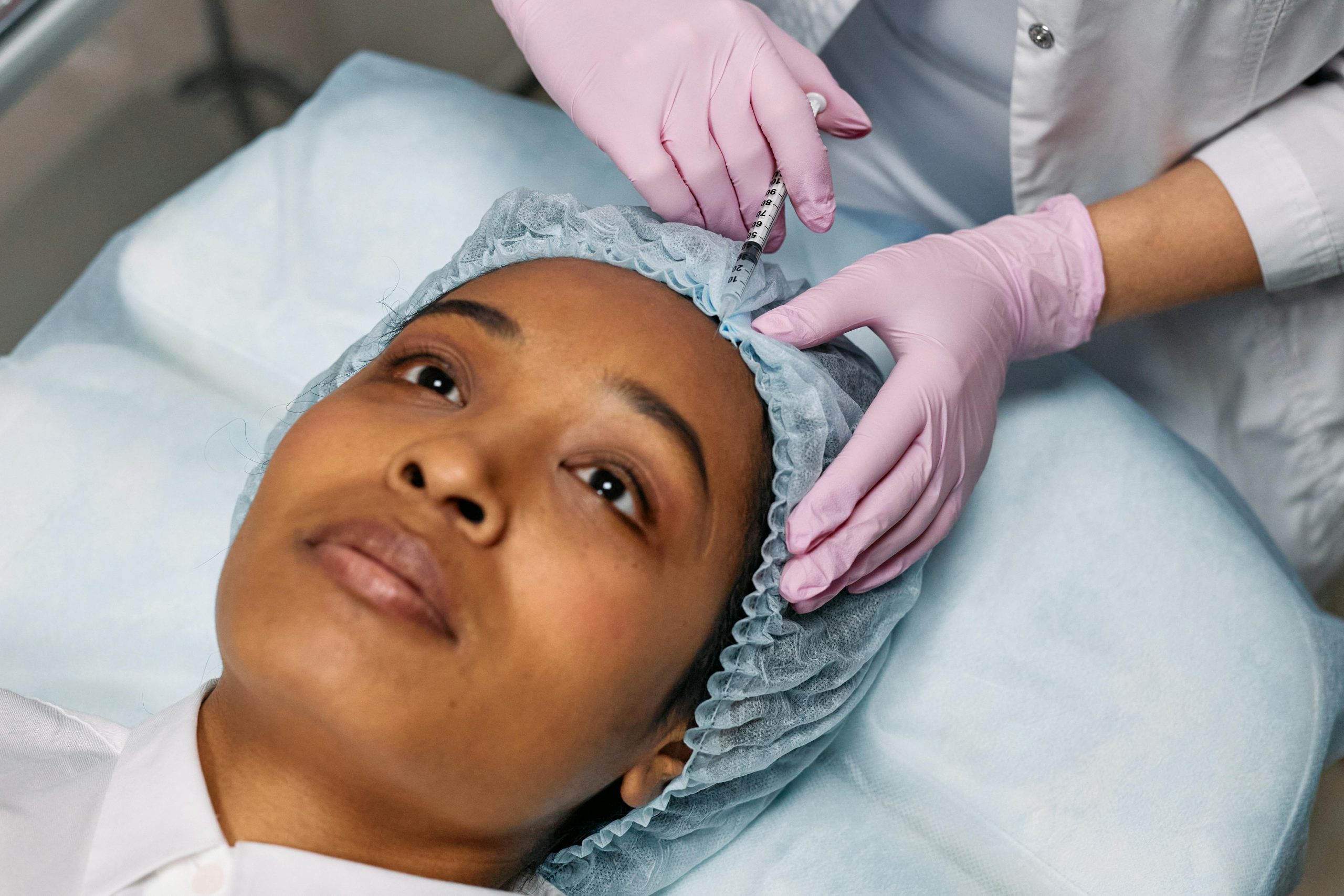Rhinoplasty Recovery Tips You Must Know

Rhinoplasty is an effective surgery to harmonize facial characteristics and make a patient’s nose more proportionate to the rest of their face. Successful rhinoplasty surgery can transform your facial appearance and confidence while maintaining a natural look. The main issue many candidates worry about is how long it takes for a rhinoplasty procedure to heal completely.
This post provides a comprehensive guide on how to speed up your rhinoplasty surgery recovery time in Tampa, FL, and make the process as smooth as possible.
Steps to Improve Your Rhinoplasty Recovery
As much as you may be eager to see your rhinoplasty results after the operation, recovery takes time. However, your cosmetic surgeon will advise you on specific steps to speed up the healing process while ensuring everything heals properly.
Listen to Your Doctor
This goes without saying. Follow your doctor's instructions for the quickest and best result post-procedure. Every person's situation and reason for needing surgery is unique to them, and your facial plastic surgeon will provide you with personalized care tips specific to your needs.
Your plastic surgeon will provide specific instructions on what medications to take, how and when to take them, and the best care tips for the surgical site to prevent infection.
Listen to Your Body
While your plastic surgeon will monitor and check the progress of your rhinoplasty operation from the outside, only you will know what you're feeling post-operation. Therefore, listen to your body and immediately discuss anything you think doesn't feel right with your doctor. You may ignore an issue or irritation, thinking it's a normal symptom post-operation, but it may be something else worth reporting.
Maintain a Healthy Diet
Eating a balanced diet after surgery can also help speed up recovery. A balanced diet gives your body the necessary nutrients to heal itself quickly. Protein is a vital building block of the skin, cartilage, muscle, and blood and helps your body rebuild damaged tissue in and around the operated area.
You also need to take more vitamins in your diet, namely Vitamin A and C. Vitamin A consists of foods like spinach and kale and is a great immune booster to fight off infections post-surgery.
Good Vitamin C sources include citrus fruits, broccoli, and Brussels sprouts. Vitamin C helps regenerate collagen and connects the skin tissue around the operated area.
Avoid Wearing Glasses
Don't wear sunglasses, prescription glasses, or reading glasses post-surgery. Avoid anything that puts pressure on the operated area as it heals to avoid additional swelling, bruising, or indentations that may require revision rhinoplasty.
Consult your facial plastic surgeon on the best time to start wearing glasses after surgery. In the meantime, you may need to switch to contacts or wear the lightest possible frames only if you absolutely need to.
Avoid Vigorous Exercises
It takes approximately six weeks for the nasal bones and cartilage in most people's noses to heal after rhinoplasty. Your doctor will advise you to avoid strenuous exercises and activities during this time. Even movements that may seem harmless, such as stretching, bending over, or lifting light materials, can result in nasal swelling.
Therefore, wait until your surgeon gives the green light to resume your usual exercises to ease into your regular workout routine.
Rhinoplasty FAQs
What Is Cosmetic Rhinoplasty?
Rhinoplasty is a surgical operation performed by a facial plastic surgeon to change the size and shape of the nose. It is a common facial plastic surgery procedure that thousands of people pursue for its physical, emotional, and health benefits.
What Are the Different Types of Rhinoplasty?
Each patient's anatomy, desired outcome, and circumstances for wanting rhinoplasty surgery are different. Consequently, there are different kinds of surgery your plastic surgeon may perform, including:
- Reduction rhinoplasty involves removing cartilage and bone tissue to sculpt the nose to reduce its side or correct specific areas.
- Augmentation rhinoplasty adjusts the shape of the nasal features using the bone or tissue technique to build up the bridge or the nasal tip.
- Post-traumatic rhinoplasty aims to repair a nose damaged by an injury or accident. This surgery returns the nose to its original condition and tackles functional and aesthetic issues following the injury.
- Revision rhinoplasty reshapes the nose to improve breathing or changes its shape to correct issues with the initial rhinoplasty procedure.
What's the Difference Between Open and Closed Rhinoplasty?
Closed rhinoplasty involves making a surgical incision inside the nose. These incisions aren't always visible post-surgery. On the other hand, open rhinoplasty involves the plastic surgeon making an incision on or along the bottom of the nose.
How Long Does Rhinoplasty Take?
Rhinoplasty surgery can take one or more hours, depending on the complexity of the case and the steps required to achieve an optimal outcome. Your facial plastic surgeon should provide you with a detailed estimate for the length of the surgery during your consultation.




